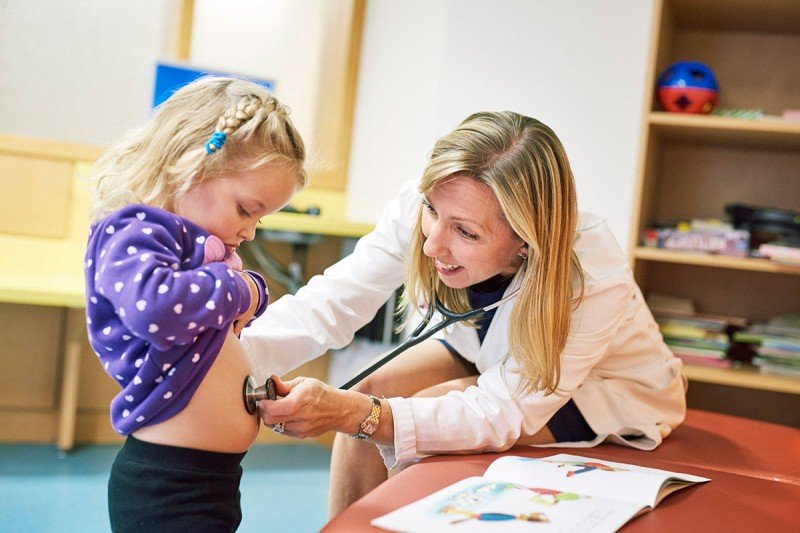
Neuroblastoma, a rare cancer of nerve tissue, usually occurs in very young children. About half of the cases are considered high risk. Doctors respond to these aggressive cases with intense therapy. Typically, this includes a combination of surgery, high doses of chemotherapy, antibody treatment, and radiation therapy. These treatments are effective in extending life and, in many cases, curing the disease.
Life After Neuroblastoma Radiation: The Long-Term Side Effects
With the success of these neuroblastoma treatments, however, a new challenge has emerged. As children with this disease are living longer, the delayed side effects of the intense therapy — notably radiation therapy — have become a growing concern. Because neuroblastoma usually occurs in the abdomen (belly), using radiation to destroy the cancer can also harm the pancreas, kidneys, and bones of the spine. This can raise the risk of diabetes and kidney dysfunction, as well as stunt a child’s growth.
Results of Reduced Radiation To Decrease Side Effects
In recent years, Memorial Sloan Kettering Cancer Center (MSK) researchers, led by radiation oncologist Suzanne Wolden, MD, FACR, have shown it is possible to lower the radiation dose without compromising its effectiveness.
“Using less radiation could lead to a much higher quality of life in the long term, with less risk of late complications,” Dr. Wolden says.
Radiation dosage is measured in units called grays (Gy). In 2019, a pilot study led by Dr. Wolden showed that lowering the dosage from the standard level of 21 Gy to 18 Gy in children with the high-risk form of neuroblastoma was just as effective at keeping the disease from coming back.
Earlier research had shown that children have less risk of growth impairment after radiation dosages of 18 Gy compared with 21 Gy. The hope is that the reduced dose will also prevent the other side effects involving the kidney and pancreas.
Further Research Underway To Bring Neuroblastoma Radiation Below 18 Gy
The researchers are now investigating whether the radiation dosage to treat neuroblastoma in children can be lowered even more, from 18 Gy to 15 Gy.
“Lowering the dose from 18 Gy to 15 Gy is likely to have even more significant benefits in protecting the bones, kidney, pancreas, and other organs,” Dr. Wolden says.
Proton Therapy for Neuroblastoma
Children with neuroblastoma receiving care by MSK Kids are now also treated with proton therapy. This advanced form of radiation therapy uses charged particles called protons rather than X-rays. (The treatment dosage is still measured in grays.) Proton therapy can further reduce side effects. It is being increasingly used for pediatric cancers due to the high sensitivity of developing tissue.
The unique physical properties of protons allow them to deliver the radiation dose at a specific depth in the body. X-rays release their energy both before and after they hit their target. With proton therapy, all energy is released when the protons reach the tumor.
Patients receive their treatment at the state-of-the art New York Proton Center in Upper Manhattan, which opened in 2019.
“Proton therapy is really a game changer for treating kids with neuroblastoma,” Dr. Wolden says. “We can do it more effectively, with less worry about impairing growth and development.”
Dr. Wolden explains that, above all, the recent push to refine the standard neuroblastoma treatment procedure is a reflection of tremendous progress.
“In the old days, we didn’t worry about long-term side effects because, sadly, we were not curing those children,” she says. “Now many are surviving long term. The reason we’re doing this is very positive.”



